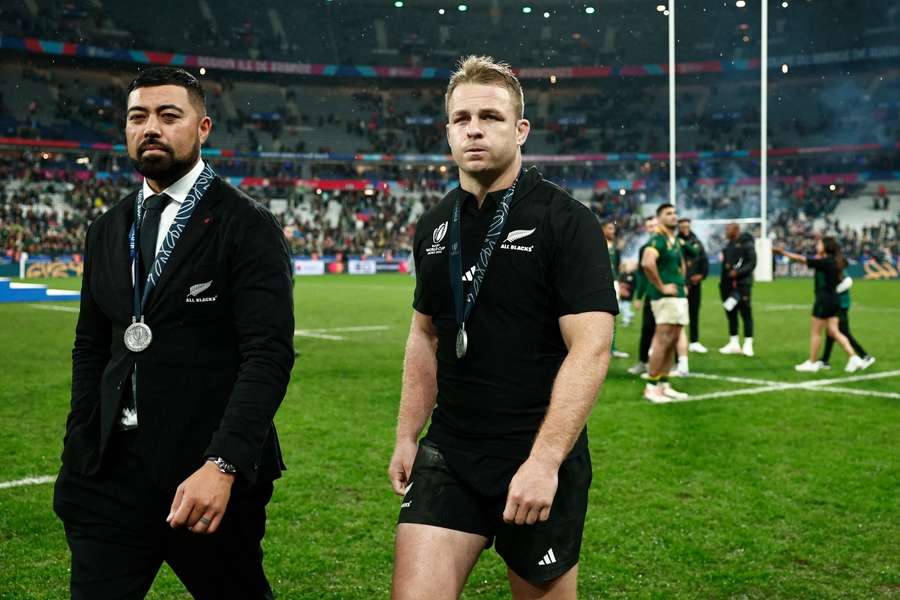A case of careful what you wish for as TMO shapes Rugby World Cup final

England's Wayne Barnes, widely considered the world's best referee, was at the centre of a series of high-profile calls that shaped the final, but that would have left anyone watching the sport for the first time wondering just what was going on.
By the time South Africa secured their 12-11 victory, there had been four yellow cards, one upgraded to red, in stark contrast to the previous nine finals in which only one yellow was shown in total.
New Zealand also had a wonderful Aaron Smith try chalked off via the Television Match Official for a knock-on on the other side of the pitch.
Barnes seemed to spend half the match, along with the 80,000 crowd, looking at the giant screens for replays of incidents usually brought to his attention by the TMO, the latest version of video refereeing introduced in the years after the sport turned professional in 1999.
The biggest call on Saturday was when All Blacks captain Sam Cane became the first player to be sent off in a final when his 29th-minute yellow card for smashing his shoulder into the head of Jesse Kriel was upgraded to red.
In the first two weeks of the tournament, there were seven red cards, many for exactly the sort of head contact that the governing body is desperate to eradicate against a backdrop of concussion legal actions.
Yet, amid something of a pushback from disgruntled fans and pundits, there was not another until Cane, as suddenly the bunker review system began to routinely find "mitigation" to avoid upgrading yellows.
The confusion only grew when South African captain Siya Kolisi was yellow-carded five minutes into the second half for what appeared to be an identical shoulder-to-head collision with Ardie Savea.
This time, the TMO did find mitigation, saying Kolisi was bent as he made contact, and he was allowed to return to the fray after serving his 10 minutes.
Departing New Zealand coach Ian Foster made his feelings clear.
"The game has got a few issues it's got to sort out," he said. "That's not sour grapes. There were two similar incidents one was a red, one was a yellow, and that's the game.
"It's probably for the game to decide at some point, it's not tonight. We got the same behaviour from that TMO that we got in the Irish series last year, same TMO. So we expected what we got."
The tone had been set after three minutes when All Blacks flanker Shannon Frizell was yellow carded for a clearout that ended Springbok hooker Bongi Mbonambi's involvement in the game - again, the bunker review allowing him to return.
The fourth yellow, also via TMO, was for South African winger Cheslin Kolbe's deliberate knock-on eight minutes from time, and looked relatively obvious, but by then the crowd were heartily sick of those three giant TMO letters flashing up at either end of the ground and were no doubt wishing for a return of the "good old days" when the referee's word was final.
Despite their numerical disadvantage, New Zealand thought they had scored a brilliant try early in the second half when Richie Mo'unga cut through and fed Smith.
The crowd was still appreciating the fly-half's cutting-edge run and dummy for what would have been an iconic World Cup moment when Barnes was alerted to a missed knock-on at the lineout.
The question of "how far back in the move" has been one that has dogged the use of the Video Assistant Referee system in football for years.
All Black fans will feel "too far" in this instance while those who back the system will say it did its job in spotting an offence that the on-field officials missed.
